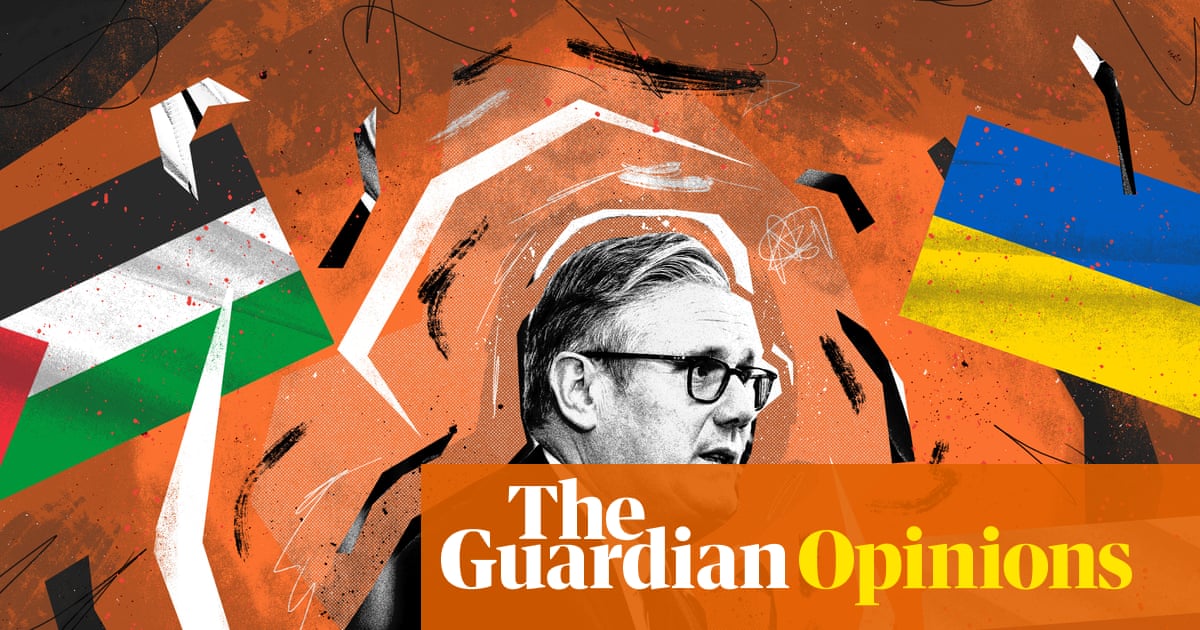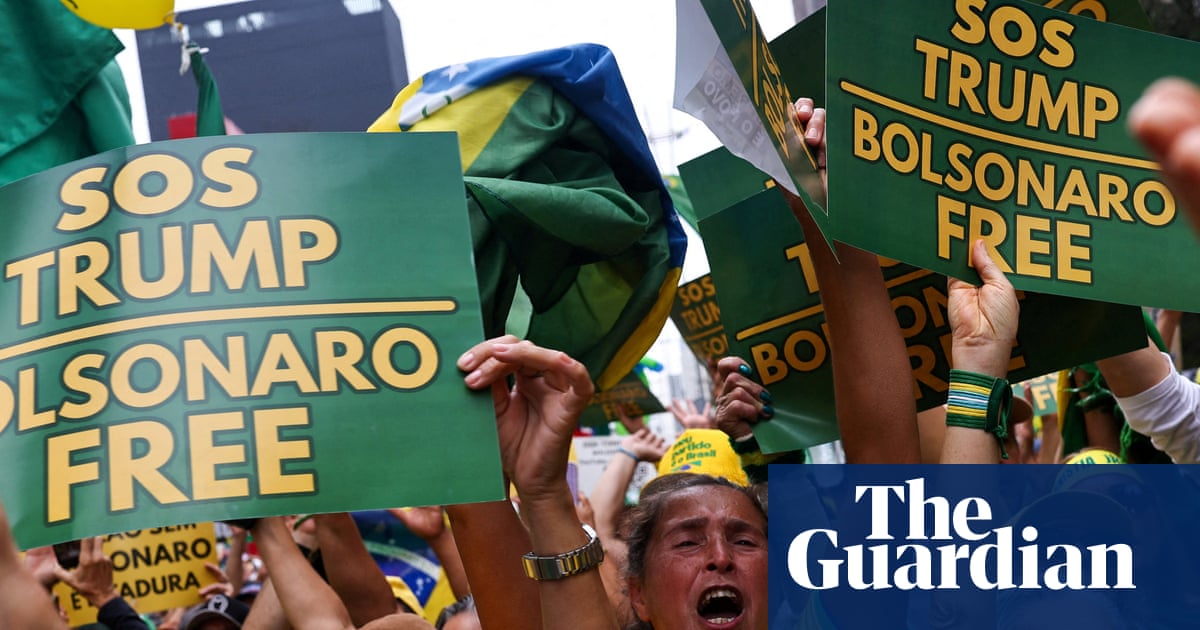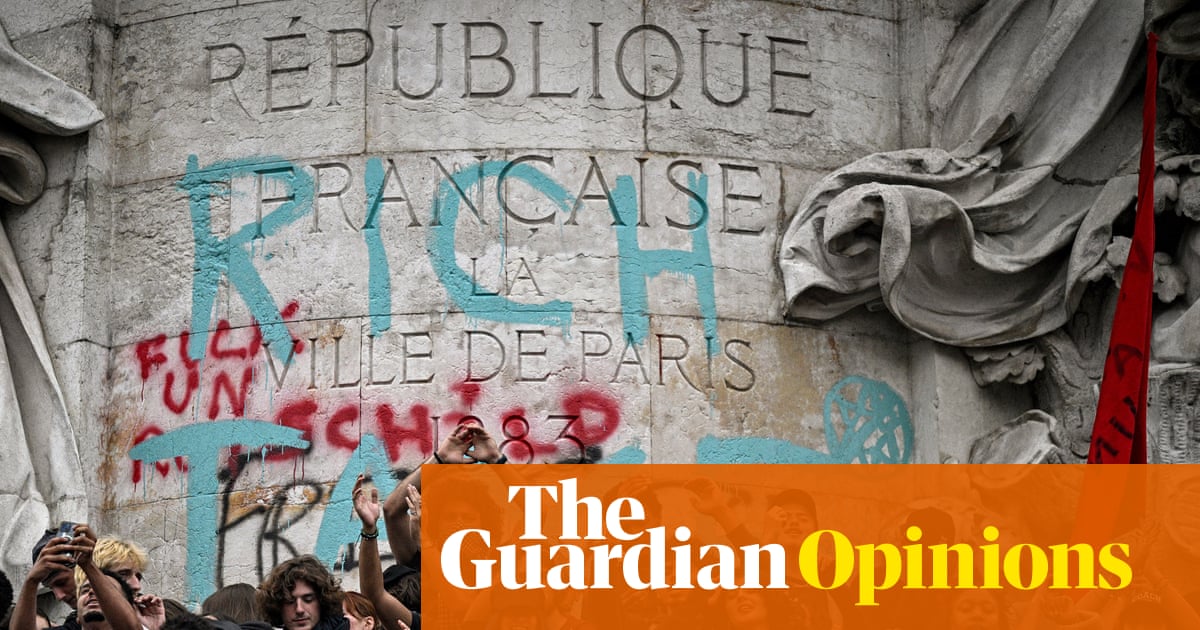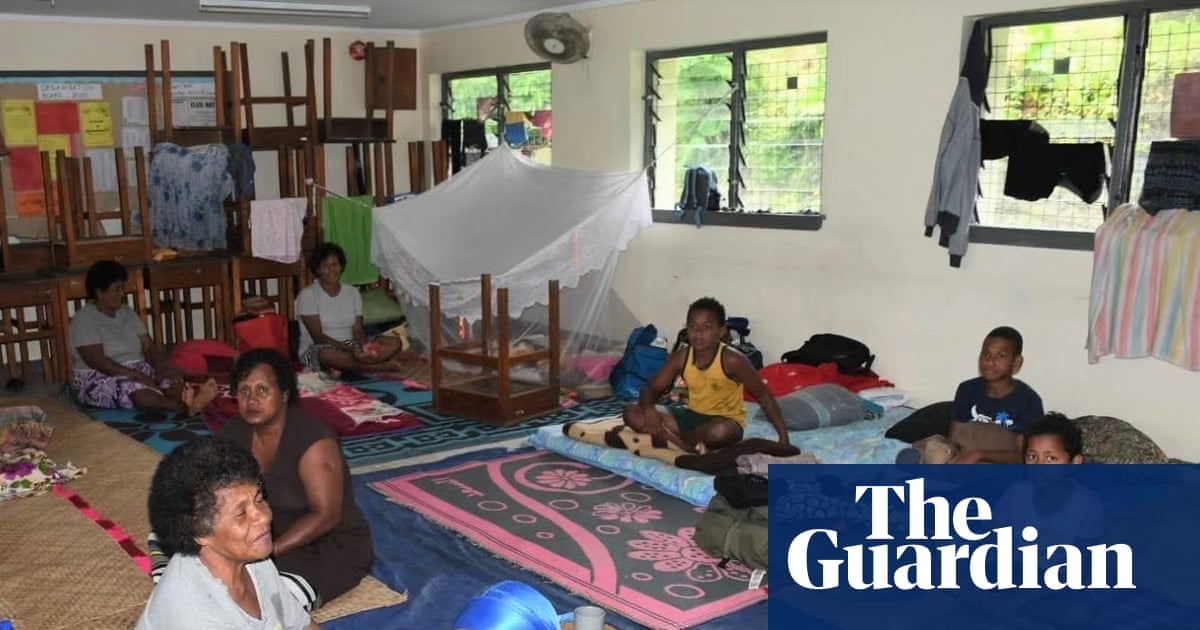When Renato Oliveira boarded a bus down Brazil Avenue one morning last October it should have been just another normal commute.
Traveling along Rio’s most important motorway, it usually took the 48-year-old meat packer just under an hour to reach his factory – enough time for a nap. “Don’t let me miss my stop,” Oliveira told a friend before nodding off against the window.
They were his last words. Unbeknown to passengers on the number 493 bus, up ahead rifle-toting police were storming one of the scores of favelas that line the road, hoping to capture a notorious drug lord.
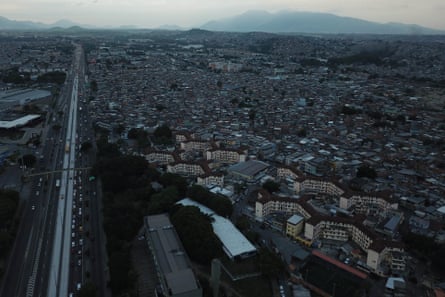
A gun battle broke out, sending motorists scattering for cover behind the concrete central reservation. Oliveira was hit by a stray bullet as he dozed. Soon after, a neighbour broke the news to his family. “We thought it was a lie,” said the victim’s sister-in-law who, like many caught up in the bloodshed blighting Rio, asked not to be named.
When Brazil Avenue was built in the 1940s, during the Getúlio Vargas dictatorship, it was conceived as a patriotic statement of the South American country’s economic ascent, said Pedro Moraes, the author of a book about the motorway.
Eight decades later, the 36-mile highway – which bisects more than 25 neighourhoods as it leads from Rio’s western outskirts towards its heart – has become an emblem of something else: the government’s inability to control urban violence.
“Nowadays, citizens in Rio can’t even take a nap on the bus to work,” a leading newspaper protested after Oliveira’s killing, calling Brazil Avenue “a symbol of the Brazilian state’s failure to combat organized crime”.
According to the Instituto Fogo Cruzado, a group that tracks gun violence, Brazil Avenue suffered 637 shootouts from 2017 to 2024 – one every five days. The bullets killed 160 people and wounded 383. Last week three police officers were killed on the motorway after losing control of their vehicle during a high-speed chase.
“Brazil Avenue is an avenue that is so profoundly revealing about what our country is … It faithfully represents the name it bears,” said Antônio Carlos Costa, the head of Rio de Paz, an anti-violence NGO.
While the thoroughfare’s builders envisaged creating a monument to development and industrialization, Costa believed it exposed “a country of brutal inequality, injustice and social exclusion”.
Costa recalled how millions of poverty-stricken north-eastern migrants had flocked to Rio and made their homes along the motorway since the 1950s, building lives in deprived housing estates and favelas that were “ignored by society and authorities” and are now mostly controlled by armed criminal groups.
Millionaires, celebrities and opinion makers used the motorway to reach beach paradises and mansions, oblivious to “the real Rio de Janeiro” they drove past on the way.
All walks of life are exposed to the deadly violence afflicting Brazil Avenue thanks to decades of state neglect. Recently, Costa’s son was driving home on the highway when tracer bullets lit up the night sky. “He told me it looked like fireworks flying across the road,” said the activist, speaking 24 hours after a policeman’s body was found in a bullet-riddled vehicle abandoned on the same motorway.
The families supported by Costa’s group include that of 43-year-old Cátia Sebastiana de Lima.
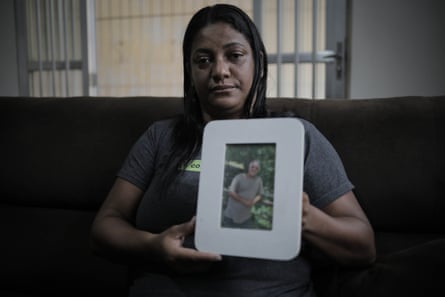
Her husband, an Uber driver called Paulo Roberto de Souza, was also killed during last October’s botched police raid in which Oliveira lost his life. Three others were shot but survived.
“He had so many dreams … he was such a great dad,” Lima said, shedding tears as she recalled saying a 5am prayer with her husband the morning he was shot.
Six months later, Lima has yet to receive any compensation and was struggling to make ends meet. “I never ever imagined I’d lose my husband to gun violence … A heart attack, maybe. But it never crossed my mind that it’d be something as tragic as this,” she said.
Brazil Avenue’s reputation for traffic chaos and gunfights has earned it a series of grim nicknames. Some call it the “Avenida da Morte” (‘Avenue of Death’), others “Avenida Ziquizira” (‘Bad Luck Avenue’). The violence-stricken region around the road is known as the Gaza Strip.
Washington Rimas, a social activist raised in one of Brazil Avenue’s favelas in the early 80s, admitted that infamy was not entirely undeserved.
As a boy, he remembers criminals dumping victims in the undergrowth across the motorway from his home in Amarelinho. “It was this frightful scrubland. Loads of people would just come from other places and chuck the corpses over there in the bushes,” said Rimas, whose mother was one of the first inhabitants of the community built for construction and factory workers.
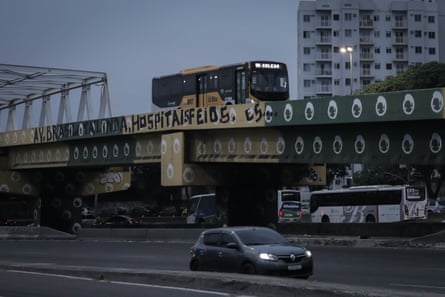
But Rimas, 49, insisted Brazil Avenue was about more than bloodshed and pushed back against its notoriety. The motorway was also an essential means of transport for workers with jobs in Rio’s richer central and southern zones. The road’s favelas were places of talent and graft.
Rimas, a reformed drug trafficker who abandoned crime over a decade ago, said his new mission was helping local kids with extracurricular activities such as music, IT and dance. “It was here that we sold poison – and it’s here that we’re going to produce the antidote,” he said of his quest to improve his corner of Brazil Avenue.
Community leader Vanessa Galdino also rejected the negative portrayal of Avenida Brasil and the working-class areas the road connects. “I’m proud of living here,” said Galdino, 29, a student who runs an ice-cream parlour for Amarelinho’s youth.
Galdino had no plans to leave despite losing her father to violence when she was 17. “We are resilient, welcoming people,” she said. Warts and all, Brazil Avenue was home.
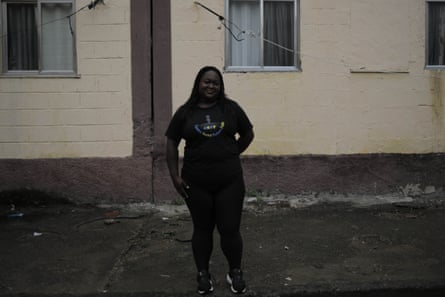
Among victims of Brazil Avenue’s violence, such optimism is harder to find.
Sitting at home surrounded by pictures of her dead husband, Lima urged authorities to change their strategy of combating drug gangs with warzone-style raids on the favelas.
“You don’t just fight crime with police, shooting and invasions … You need social projects, schools, music, sport, healthcare and education … We need to convince our children that they’re Brazil’s future,” said Lima, who doubted authorities would listen.
As she absorbed her loss, she clung to her Christian faith. “I like to say that I didn’t lose my husband,” Lima said. “I returned him to God.”

 3 months ago
76
3 months ago
76











